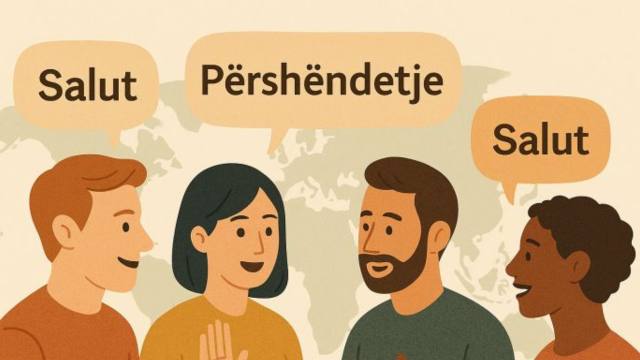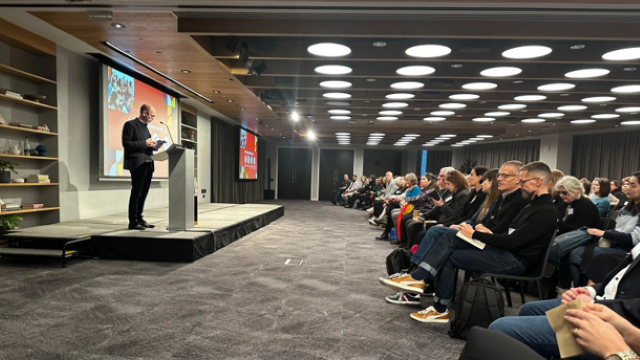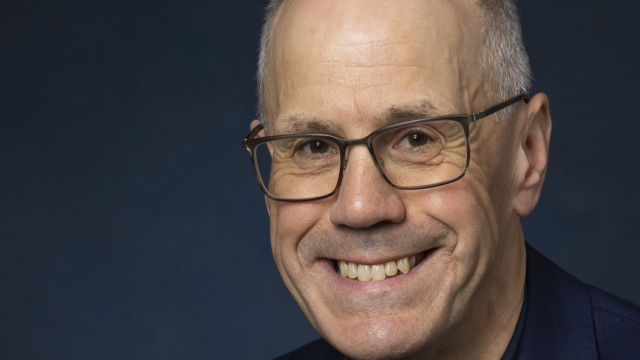-
QUALIFICATIONS
- For Linguists Worldwide
- For UK Public Services
- Preparation
- Policies & Regulation
-
MEMBERSHIP
- Join CIOL
- Membership grades
- NEW for Language Lovers
- Chartered Linguist
- Already a member?
- Professional conduct
- Business & Corporate Partners
-
ASSESSMENTS
- For Second Language Speakers
- English as a Second Language
-
EVENTS & TRAINING
- CPD, Webinars & Training
- CIOL Conference Season 2025
- Events & Networks
- CIOL Mentoring
-
NEWS & VOICES
- News & Voices
- CIOL eNews
- CIOL Awards
- The Linguist
- Jobs & Ads
-
RESOURCES
- For Translators & Interpreters
- For Universities & Students
- Standards & Norms
- CIOL & AI
- All Party Parliamentary Group
- In the UK
- UK Public Services
- Find-a-Linguist
Languages in UK Education

By John Worne
In their recent publication Languages in UK Education Wendy Ayres-Bennett and Charles Forsdick present a fascinating summary of language education in the UK, capturing distinct approaches across its four nations from which policymakers can learn.
Diverging Policies, Common Challenges
England, Scotland, Wales, and Northern Ireland each take different approaches to language education. From Scotland's ambitious 1+2 policy which aims to give every child two additional languages to the Wales focus on achieving Welsh-English bilingualism alongside an international language, varying approaches offer valuable insights into what works in language policy, but nowhere has all the answers.
The Numbers Tell a Story
Across the UK, language learning in schools has been dominated by ‘the big 3’, namely French, German and Spanish. French and Spanish GCSE numbers hover around 130,000 with German lagging significantly at about 35,000. But at A-level, the numbers are much smaller… Spanish (8,238) has overtaken French (7,544), with German (2,431) well behind. Numbers are tiny for Home, Heritage and Community Languages (HHLCs), although there is increasing acknowledgement in policy that the UK is a multilingual country and that these rich linguistic resources must be valued and nurtured.
Widening Access: A Critical Priority
There are worrying patterns in access to language education. Independent schools consistently offer more language opportunities than state schools, including stronger international programmes and better access to language assistants. This disparity affects student progression, particularly impacting those from less affluent backgrounds. There are also ‘cold spots’ developing in Higher Education language provision around the UK and two decades of underfunding of Further Education makes the situation there even worse.
Primary Promise, Transition Challenges
While primary language teaching is now established in most of the UK, the practical realities do vary widely. The transition between primary and secondary education remains problematic, with inconsistency in approaches affecting student progression.
Teacher Recruitment: A Growing Concern
Six out of ten secondary schools report difficulties recruiting qualified language teachers. While initiatives like £27,000 scholarships for trainee teachers in French, German and Spanish exist, the shortage remains acute. This impacts both the quality and sustainability of language provision. So many successful linguists will talk of a crucial teacher who sparked their love of languages – the common denominator of the world’s most successful education systems is valuing teachers.
Looking Forward
The landscape of language education is evolving. We are seeing growing recognition of Home, Heritage and Community languages, and increasing interest and investment in Mandarin, and German for example.
The path forward will benefit from shared learning across educational sectors and the four nations, broader qualification pathways, including promoting the CEFR and the mainstream assessment of communicative competence to capture existing language skills and support learner needs, as well as sustained investment in teacher training and support.
Most importantly, all four UK Governments need to continue to value languages, to value the UK’s multilingualism and do all they can to ensure that language learning opportunities are accessible to all - regardless of background or geographic location.
Valuing languages is fundamentally a matter of human dignity and respect – languages define us, and to ignore or marginalise them is to undervalue identity, culture and the rich diversity of the communities and nations of the UK.

John Worne is CEO of the Chartered Institute of Linguists
Filter by category
More
The Chartered Institute of Linguists (CIOL), Incorporated by Royal Charter, Registered in England and Wales Number RC 000808 and the IoL Educational Trust (IoLET), trading as CIOL Qualifications, Company limited by Guarantee, Registered in England and Wales Number 04297497 and Registered Charity Number 1090263. CIOL is a not-for-profit organisation.








